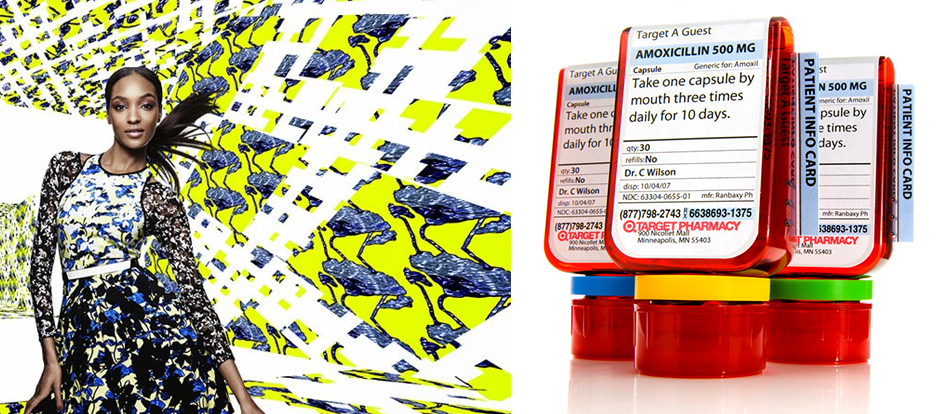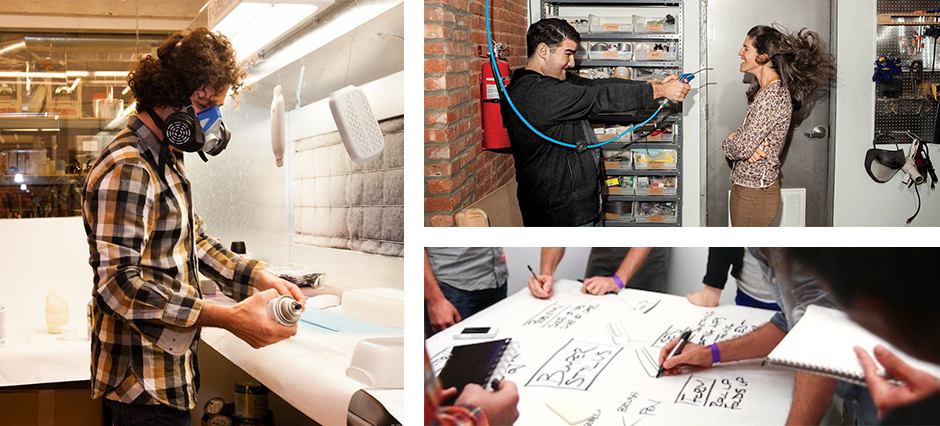A few weeks ago, I went along to the Bloomberg BusinessWeek Design Conference. Having come across the event earlier in the year, I was curious to hear what the speakers (from companies like Asana, Frog Design, and Gap) would share around the role design plays inside their organizations, and how this has changed as they’ve grown and taken on new challenges.
Here are my takeaways from that sunny day in San Francisco:
EVALUATE PURPOSE
Regularly taking a step back and focussing the team on your core mission is vital for companies of all shapes and sizes. Evaluation brings priority to design decisions.
Sometimes taking a step back can fuel an overhaul. This is what Rebekkah Bay is currently navigating as Global Creative Director of the Gap.
In the last 10 years, the retail giant’s offering has diversified tremendously. So when Bay first joined the company, she first tasked the design team of 160 people to focus on the foundation of the brand; iconic basics such as t-shirts, shirts and pants which made the company relevant in the first place. Only after these pieces are in place does she plan to address communication and retail experiences.
EMBRACE FRICTION
Creating a space for interdisciplinary teams to meet and understand the problems they are solving is a key part of the design process. This friction creates an engine for teams to deliver great products.
Establishing etiquette around design critiques has been a focus of Asana Co-Founder Justin Rosenstein. When he brings designers and engineers together to review the progress of software features and products, he asks everyone to offer problems, not solutions with their feedback. By framing critique with ‘When I look at that, I feel…’ his aim is to ask the team to engage with empathy for the user. For the critique host, he encourages them to ask questions to understand the problems their team has identified before explaining design choices.
UNIVERSAL GUIDANCE
Maintaining a familiar look, feel and tone across products and services isn’t easy for large organizations. Building tools which communicate brand DNA can inspire success.
Target’s slogan has been the same since 1962 ‘Expect more, pay less’. A promise that has helped scale the business to nearly 2,000 stores worldwide. When Todd Waterbury arrived a year ago as Executive Creative Director, he installed 5 Principles: Emotional, Useful, Democratic, Simple and Purposeful.
These principles have helped guide design efforts and give ‘brand soul’ to everything Target does. You can see them at work with Target’s Feed USA collaboration and Cartwheel app, to the championing of new designers like Peter Pilotto and the information design they bring to medication.
CHAMPION CONSTRAINTS
Embracing the opportunities, and constraints, of rapid product development is what builds an open design culture. These values establish productivity and collaboration across teams.
‘Constraints are king’ is the motto of Quirky, an online marketplace whose mission is to make invention accessible to everyone by crowd sourcing product ideas and bringing them to life with a team of inhouse designers and engineers. Founder Ben Kaufman let us know that if the Empire State Building could be built in 410 days in 1931, there is absolutely no reason why his company can’t help its community release three products every week in 2014.
The cycle of launching Tuesday, Wednesday, and Thursday helps focus decisions across the company everyday.
MEASURE BEHAVIOR
Feedback systems are at the heart of every great product company: Capturing it improves the experience of customers and employees.
Until recently, understanding the behaviors and characteristics of successful leaders has been a pretty manual process. Timothy Morey from Frog Design shared an electronic device that could potentially change that. Sociometric Badges, the result of an MIT research project takes the idea of quantified self into the office. The devices measure conversations between colleagues, looking for patterns in tone and duration, and well, 98 other signals as it looks to build a physical graph of employees. Behaviors of effective leaders include brief, lively conversations.
Conference transmission ends.
As you may know, the role of design is something we’ve been thinking about since we started Percolate. From day one, we knew that putting a design department in place wasn’t enough.
Over the last three years, we have seen how great products and services aren’t designed by designers alone. We are working hard to create an environment where design thinking permeates the entire organization. If you are a reader of this blog, you may have come across our thoughts on how service informs design, our approach to market research and how we design with people.
Hearing the diverse and interesting ways other companies are using design to help drive their organizations forward was healthy. A mix of validation for the things we are doing at Percolate today, and thought starters for how we can grow and improve tomorrow.
It goes without saying that I absolutely recommend attending the conference next year. Those Californian breakfast burritos aren’t to be missed either.





